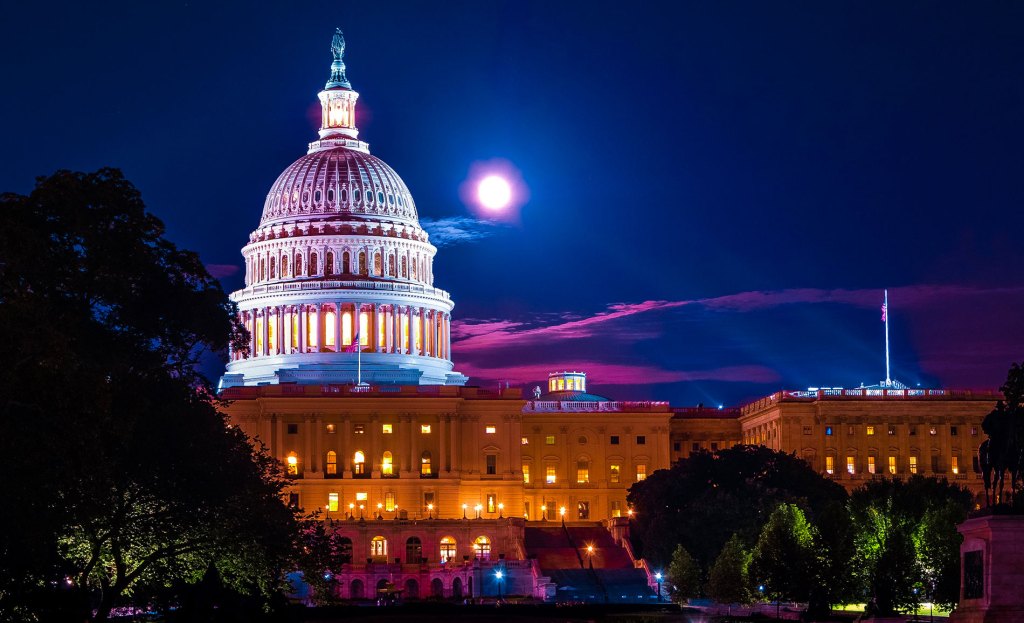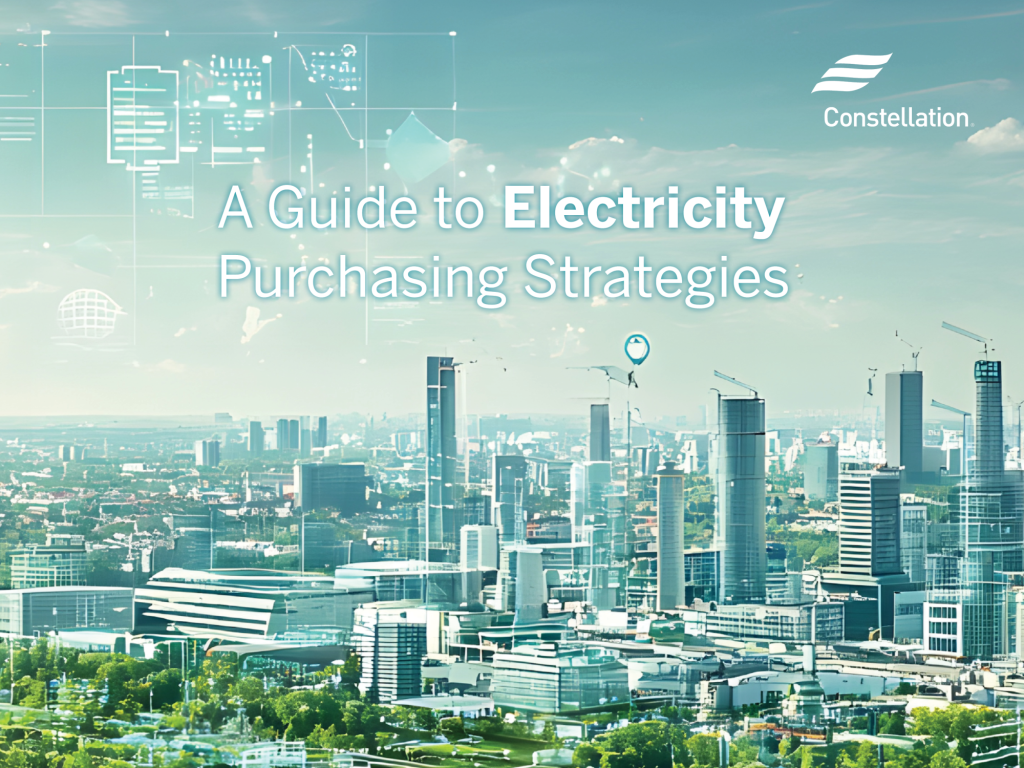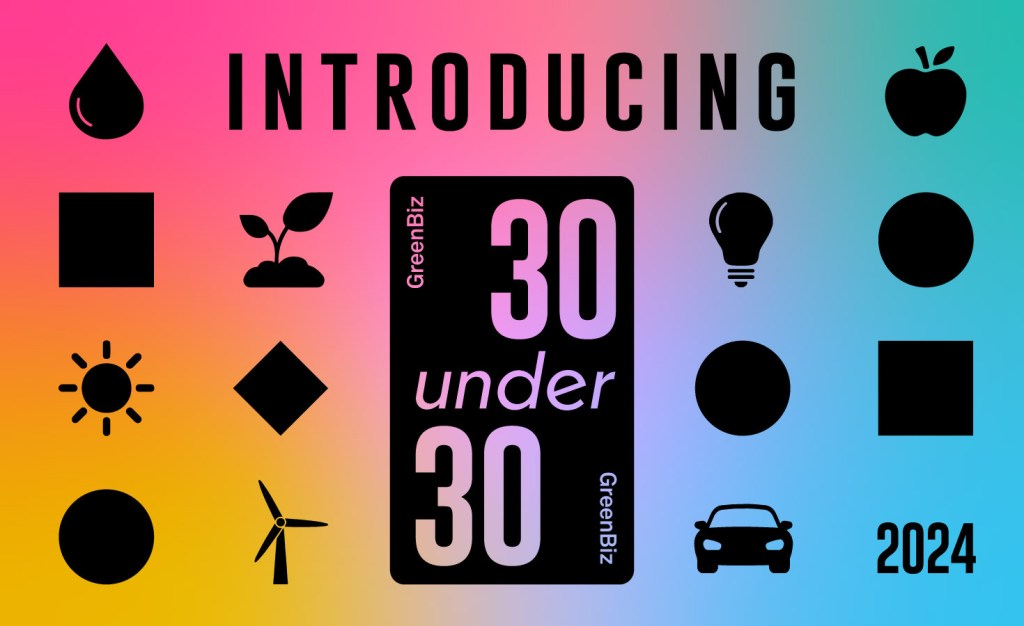How effective is sustainability advocacy?
What will it take for environmental advocates to be as good at lobbying and politicking as their opponents? Read More

Shutterstock
At a time when sustainability challenges continue to multiply and intensify, sustainability advocacy is a cacophonous mess. A variety of ideological, financial, organizational and political reasons contribute to this outcome. All reflect the fact that sustainability proponents often pursue differing priorities across a range of issues, thereby limiting their influence on legislators and the general public.
The most successful advocacy campaigns over the past several decades frequently were developed by highly conservative organizations that sought to constrain and, at times, roll back government policies that expanded the social safety net and regulated the private sector. These campaigns exhibited several important characteristics, including:
- Mobilizing patient capital. Since the 1970s, nonprofit foundations established by the Koch, Bradley, DeVos and other families have invested over $1 billion to change America’s policy agenda and electoral outcomes at all levels of government. These family foundations have bundled large amounts of tax-deductible cash through specially established nonprofit organizations such as Americans for Prosperity that invested in specific causes, campaigns and candidates for many years. Because of the Supreme Court’s 2010 Citizens United decision and other Internal Revenue Service rulings, these nonprofit bodies were able to largely hide the identity of their donors from the public.
- Creating new content and mastering social media. These far-right organizations have established new institutions within established academic, cultural and medical organizations to provide a veneer of authenticity and generate new content that can be repurposed for political advocacy. Institutes proliferated across the country and recruited faculty and students through dedicated fellowships to generate studies that articulated skepticism or denial of scientific and economic data on important public topics such as stratospheric ozone depletion, climate change, the costs of environmental regulation and the role of specific foods and beverages in causing obesity. Such studies frequently did not meet the publication standards of professional peer review journals, but they immediately were adaptable to the freewheeling world of social media where they were invoked in support of deregulatory proposals or legislative initiatives favorable to their sponsors.
- Top-down meets bottom-up. Many advocacy campaigns embody “grasstops” or “grassroots” capabilities. Grasstops refers to people that have a visible public profile and can raise valuable attention to an issue or cause through their established networks. Op-eds written by university professors or testimonials offered by economists or former government officials have filled the roster of grasstops participants. Grassroots, as the name implies, refers to a wider circle of citizens who are part of the general public and are the constituents of politicians or the members of various civic organizations. Americans for Prosperity and like-minded groups mobilized grasstops and grassroots efforts and combined them with initiatives to reflect or manufacture authentic sounding voices aimed at policymakers and politicians through social media, print and television media and personal lobbying.
- Candidate recruitment and support. Since the 1970s, rightward-focused organizations have been successful in encouraging a younger generation of aspiring politicians to run for office. Consistent with their stance on specific issues, they received media training, IT support in building contributor and voter lists, direct political contributions, opposition research and television and radio advertising necessary to building a winning candidacy. Such a strategy yielded victories in a number of state assemblies and governors’ races, especially during the era of Barack Obama’s presidency.
The impact of this multipronged strategy can be measured through the avoidance of restrictions on assault weapons, limits in many states to health care access through Medicaid, increasing limitations to family planning services (including abortion), efforts to restrict access to the ballot by qualified voters, opposition to climate change legislation, support for tax cuts for very wealthy people and gerrymandering of congressional districts.
Underfunded, unfocused, un-impactful
In contrast, the current state of sustainability advocacy can be summarized in three words: underfunded; unfocused; and un-impactful. To be sure, there have been a number of successful interventions by nongovernmental organizations in individual regulatory rule-makings or legal proceedings. With the continued appointment of ultra-conservative or libertarian lawyers to the federal bench, however (20 percent of federal judges have been confirmed during the Trump administration), the odds are rising against court rulings that favor pro-sustainability policies.
Sustainability advocacy currently exhibits a variety of limitations. These include:
- Lack of a clear message and agenda. Take climate change. There are groups dedicated to enacting a carbon tax while others support a national carbon emissions target or combine climate advocacy with housing, transportation, income inequality and other important objectives. With each advocacy objective emerges a different set of messages, ranging from regulation of carbon emissions from business to a wholesale transformation of society.
- One-off advocacy. Many advocacy initiatives conducted by sustainability proponents are short-term, uncoordinated or confusing. Tom Steyer, the California hedge fund billionaire, hoped to ride the climate change issues straight into the White House. His message was largely about himself with proof points provided by examples of impending climate disasters. He built no organization that could sustain his candidacy. The Tom Steyer vanity project sank without consequence. Even more debilitating was the initiative to enact cap-and-trade legislation in 2009-2010. Proponents succeeded in obtaining House passage by a narrow margin but underestimated the difficulty in obtaining Senate approval, where many Democratic senators had significant fossil-fuel industry operations in their states. Many supporters assumed that House passage would provide momentum for obtaining Senate approval and that Rep. Henry Waxman would wield persuasive influence over his Senate colleagues. Following the failure of the Senate to even vote on a cap-and-trade bill in 2010, the advocacy effort collapsed and there has been no serious effort to pursue climate change legislative, even after the Democrats recaptured the House in 2018. It is important to acknowledge, however, that a growing number of cities and states have established climate programs.
- Omission of working-class and lower-income populations. Anti-climate, anti-regulatory interests have been very successful in communicating a message that climate and other environmental legislation will penalize the pocketbooks and livelihoods of working-class and lower-income populations. This argument belies the fact that the benefits of a cleaner environment will accrue to great numbers of lower-income Americans. Environmental sustainability proponents have not advanced convincing proposals for how they would replace coal mining and other jobs displaced by their efforts to control pollution.
- Reduced electoral clout. In the 1970s and 1980s, environmental organizations were successful in mobilizing their bipartisan grassroots membership to pressure the U.S. Congress to pass far-reaching and meaningful legislation. Public concerns were high due to a series of health and environmental incidents, and politicians at all levels were under pressure to respond. Such electoral clout has withered in recent decades as environmental concerns competed with issues the public deemed more important, such as health care, terrorism and education — and now the COVID-19 pandemic, an economic depression and social injustice. With the possible exception of Mitt Romney (R-Utah), not a single Republican senator is likely to support meaningful climate legislation.
What should be done?
All advocacy boils down to a single factor: the accumulation and exercise of political power to persuade enough legislators to enact a specific agenda. Generally, sustainability advocates do not think in terms of raw political power and have not developed a strategy to acquire it.
“What power always does is reveal,” writes Robert Caro, America’s foremost analyst of political power. The absence of power also reveals. In the case of sustainability proponents, it reveals a lack of understanding of the American political system in which legislative actions must be propelled by coalitions representing the popular will at the local, state and national levels.
In a growing number of instances, the popular will is increasingly supportive of specific sustainability goals. According to a recent survey by the Yale Program on Climate Change Communication and the George Mason University Center for Climate Change Communication, 73 percent of Americans already believe that climate change is occurring, and only 10 percent conclude that it’s not happening, with 17 percent undecided.
Public opinion results, however, are never enough to propel the legislative process forward. Polls merely identify the opportunity that exists. Neither are polite visits from groups of CEOs ever sufficient to move the legislative needle.
In mid-May, more than 330 companies, including 100 CEOs, made virtual visits with 88 congressional offices in the House and Senate to present their pro-business case for a clean economy and moving forward on climate change. Members and staff listened politely to CEOs and company representatives (as they usually do), and the latter walked away with a positive assessment of their exchange.
What gets achieved by these one-off meet-and-brief sessions? Taken alone, very little. Will they succeed in advancing business participants’ legislative objectives? Almost never. That’s because these briefings, while necessary, are never sufficient to pass legislation. They must be accompanied by a multi-tiered set of sustained initiatives that include:
- Visits by company representatives in the congressional home districts or state Senate offices. Participants in these local visits are actual voting constituents whose views will be listened to very carefully.
- Direct contributions to congressional representatives or senators running for re-election. Most companies maintain political action committees (PACs) to ensure their voice is heard in legislative and regulatory determinations. PAC monies can be mobilized to advance pro-environmental candidates and can incentivize citizens and other non-business organizations to contribute.
- Contributions to nonprofit organizations that can bundle additional money for candidate support, television and radio advertising.
- Collaborations between business and environmental organizations. Such partnerships on climate, clean water, public health and other issues are viewed as unique and provide important political cover as individual politicians consider their support.
- Position papers, videos and other content from credible, transparent sources that can be easily understood and distributed through social media.
Participation in all of these steps can involve employees of companies and their allies in nongovernmental organizations to mobilize a voting bloc and a megaphone. Transparency in these actions should be observed at all times. Companies also need to ensure that their own lobbyists and their trade associations do not contradict their sustainability positions.
As the nation continues to struggle with the challenges of responding to a COVID-19 pandemic, an economic depression and the ongoing crisis of equal rights and opportunities in our society, the hurdle of passing standalone environmental legislation has become even more difficult. What’s required is a pivot — to a newer narrative that positions climate change and other environmental goals as part of an American renewal in health care systems, infrastructure investments, new public health and environmental standards and expanded economic and social justice opportunities for all citizens.
A bolder plan, a bigger coalition and more ambitious advocacy strategy is what’s needed to capture the public’s imagination, support and votes in 2020 and beyond.













